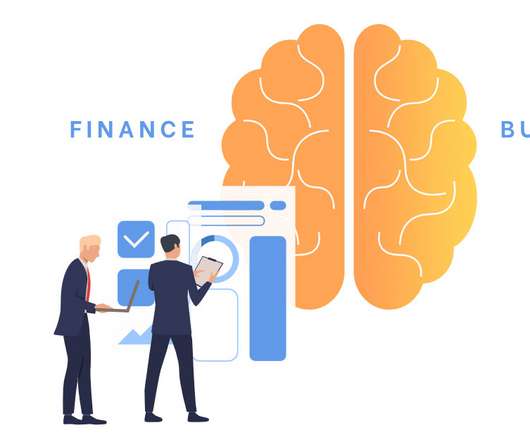BI Cubed: Data Lineage on OLAP Anyone?
Octopai
JANUARY 21, 2020
How much time has your BI team wasted on finding data and creating metadata management reports? However, over time new technologies and tools developed to ease data reporting and analysis. This is how the Online Analytical Processing (OLAP) cube was born, which you might call one of the grooviest BI inventions developed in the 70s.














Let's personalize your content